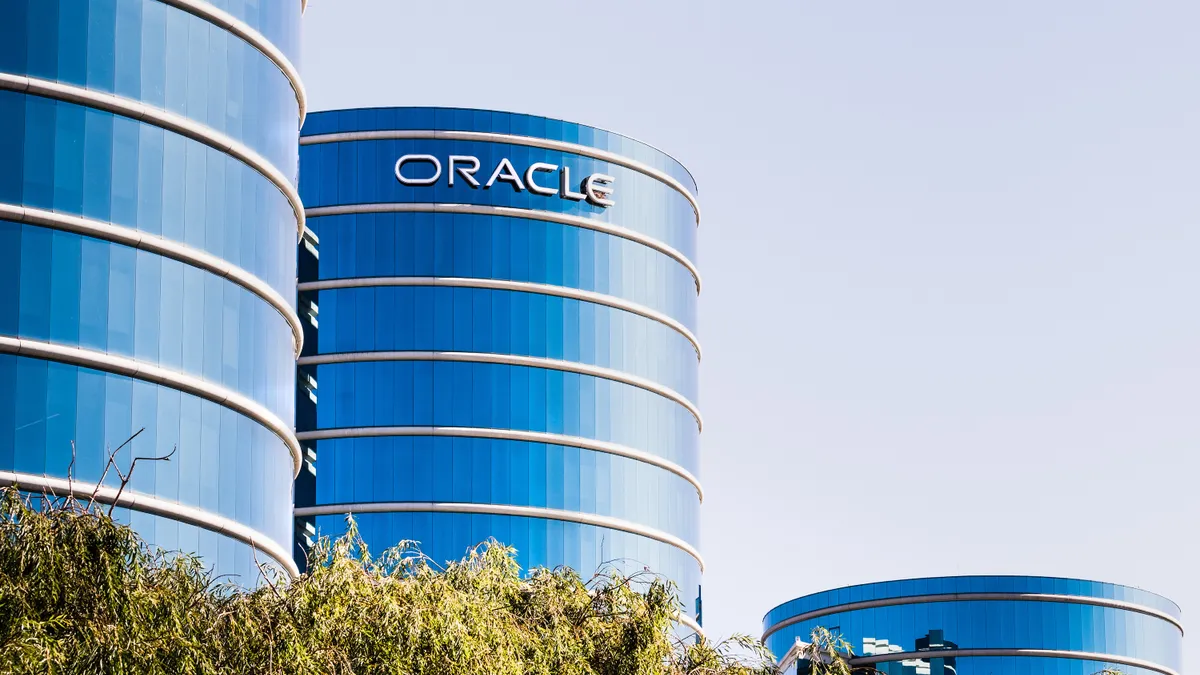Editor's Note: This story is part of a series on the multigenerational workforce. The full package is available here.
HR conferences host a wide range of discussions on how to hire, support and retain younger workers — often reflexively referred to as millennials — and one critical component of these efforts is benefits. Employers can't afford to overlook the unique requirements and inclinations of key segments of the multigenerational workforce when it comes to the benefits offered and how they are administered.
The so-called millennial generation (defined as those born between 1981 and 1996) is now the largest segment of the U.S. workforce, according to the Pew Research Center. The needs of millennial employees are also generally shared by their colleagues born after 1996, known by the “Generation Z” moniker. But these two generations are more than curiosities — they are a growing force to be reckoned with. Experts are advising employers to re-evaluate their employee benefits strategies accordingly.
A world of difference
No two generations experience the same life events in the same order. That applies when speaking of the differences between the lifespans of, say, the generation called either traditionalists or the silent generation (born before 1946) and Gen Xers (defined as those born between 1965 and about 1980). HR should apply this same thinking to their younger peers, said John MacPhee, CEO and executive director of The Jed Foundation, a nonprofit focusing on the mental health of young adults.
“It’s important that we understand that things are changing fast, and the world that emerging adults are growing up in today is quite different than even 10 years ago, arguably more than five years ago,” MacPhee said during a webinar presented by the Disability Management Employer Coalition. “There’s heightened risks around sustainable employment [and] the gig economy — it feels less settled.”
This changing landscape has revealed key differences in how millennials select and consume employee benefits, Emily Bailey, principal at OneDigital, told HR Dive in an interview.
“It really does cause us to take a step back and better assess how we're putting information out there,” Bailey said. “[Younger generations] may not put as much value on certain benefits that the boomers and other generations that have been in the workforce for a while do.”
Younger workers are particularly likely to forgo voluntary benefits like life insurance and disability insurance regardless of sagacity, Bailey explained, in favor of options that meet immediate concerns, like tuition reimbursement and commuter benefit plans.
Their preferences are also likely to impact delivery. Purchasing benefits, in the eyes of recent grads, will be held to the same standards set by e-commerce applications like Amazon, Bailey said. In short, millennials feel comfortable in a system that offers choice while allowing for a thorough evaluation of each option.
“That's not traditionally how we've presented employee benefit programs," Bailey said. "It's been kind of a one-size-fits-all approach, and I think that's going to have to change and that's what we're working to really do.”
Employers can’t afford to throw out a slew of options that don’t stick, though. Offering decision-making tools is part of making the process easy to understand and user-friendly, particularly for younger workers who bring personal devices to work on the regular, Bailey said.
No time to save?
Financial experts recommend that millennials set aside between 15% and 22% of their pre-tax salary, according to Jennifer Brown, manager of research for the National Institute on Retirement Security (NIRS), who spoke as part of a panel at the NIRS’ annual Retirement Policy Conference. But many younger employees are struggling to save even a single dollar. Literally. An NIRS report authored by Brown found that two-thirds of working U.S. millennials (birth years 1981-1991) failed to save for their retirement. A mere 34.3% participated in their employer’s retirement plan.
Breaking down the results of the report, the panel listed a variety of causes for millennials’ lack of retirement plan uptake, ranging from low wages and part-time/gig work situations to lack of trust in the financial services industry. A lack of proper financial education also plays a role.
“Part of this participation rate is the lack of education and knowledge,” said panel participant and Pershing LLC VP Kathleen Johnson, “and that’s where you have a great opportunity here.”
But by far, the biggest obstacle appeared to be a lack of access; 40.2% of millennial workers in the report cited eligibility reasons for their non-participation, usually due to a lack of requisite hours or tenure length, Brown added. A silver lining: millennials who were eligible for a retirement plan, and had that plan offered to them by their employer, showed a 93% take-up rate of said plans.
Mental health considerations are key
Wellness program popularity, combined with the industry standard of employee assistance programs (EAPs), have given HR a potent tool to combat stress, fatigue and other common mental health issues in the workplace. Millennials may be in particular need of this care.
“People are leaving home later than they used to be,” MacPhee said. “They’re financially independent later. And as a result, adolescence is stretching out.” MacPhee says there are even empirical findings that support a type of “quarter-life crisis,” which results from the financial and social pressures younger workers face.
“When we look at populations of employed individuals, we definitely see an increasing need for information and programs to support health and wellbeing,” Bailey added. “There's a marked increase in the results showing that employees and younger generations are looking for things like wellness programs or wellness incentives.”
Well-being programs have generally grown to be more holistic, embracing basic physical fitness in addition to financial, mental and emotional health. And the trend isn’t just impacting younger workers’ lives.
“It starts with leadership declaring that this is a priority,” MacPhee said, adding that all relevant departments and constituencies need to have established policy in place to promote these programs.





















